As finance teams grow and reporting becomes more complex, traditional spreadsheet-based processes no longer keep up. Businesses managing multiple entities need robust tools that simplify reporting, reduce risk, and improve decision-making.
That’s where financial consolidation software comes in. These tools are designed to automate the preparation of monthly management accounts and annual financial statements - no more copying and pasting trial balances, manually eliminating inter-company transactions, or juggling inconsistent data.
This curated article explores what financial consolidation software is, who it’s for, key benefits to consider, and which tools are leading the way in 2025.
Whether you’re comparing the best consolidation software or just starting your search for the right software for financial reporting, this guide will help you make an informed decision.
What Is Financial Consolidation Software?
Financial consolidation software enables businesses to combine financial data from multiple entities into a single, unified set of financial reports. These tools are especially useful for companies with subsidiaries, branches, or international operations where different currencies and reporting standards come into play.
Unlike basic accounting systems, which are designed for individual entities, consolidation tools provide multi-entity support and handle complex tasks like:
- Inter-company eliminations
- Automated foreign currency translation (FCTR)
- Automated non-controlling interests (NCI)
- Partial or sub-consolidations
- Segmental reporting (cost centres, profit centres, geographic regions)
With features like full drilldowns to trial balance, validations to eliminate bad data, and integrations with Xero, Sage, or QuickBooks, consolidation software turns chaotic reporting cycles into streamlined processes.
Who Needs Financial Reporting Consolidation Software?
If you or your finance team are still relying on spreadsheets, emails, and disconnected systems to consolidate financials, you're not alone - but you're likely wasting valuable time and increasing the risk of errors.
Manual reporting processes using tools like Excel can quickly become unmanageable as your organisation grows. Whether it’s copy-paste errors, or the complexity of consolidating data from multiple entities, currencies, and systems - traditional methods simply can’t keep up.
Financial reporting and consolidation software is designed to replace these inefficient workflows with automated, controlled processes. It eliminates the need for time-consuming reconciliations and gives you a single source of truth across your entire group.
Here’s who will benefit from using consolidation software the most:
1. Multi-Entity Businesses
Companies with subsidiaries or divisions across different countries or industries need a reliable way to consolidate data across legal structures, currencies, and charts of accounts. Group consolidation software allows you to define group structures, perform partial consolidations, and view your data from any angle.
2. Boards and Executive Teams
Decision-makers rely on accurate, timely reporting. Board consolidation software ensures that leadership teams have access to reports they can trust - on demand. Built-in dashboards and operational metrics help turn data into insight, whether you're tracking headcount, sales volumes, or financial performance.
3. Finance Teams and CFOs
Finance professionals are often burdened by manual consolidation processes that leave little time for analysis. By automating actuals, budgets, and forecasts, consolidation tools help teams shift from being data preparers to strategic advisors.
Key Benefits of Consolidation Software
Whether you’re preparing monthly management accounts or finalising year-end financials, the benefits of using consolidation software extend far beyond saving time:
1. Time Savings
Consolidation software can save finance teams two to four days each month. Automation reduces the time spent gathering, formatting, and reconciling data - so your team can focus on higher-value work.
2. Accuracy and Control
Manual reporting is prone to human error. With built-in validations and API integrations to your ERP, you can maintain a single source of truth and eliminate the risk of inconsistent data.
3. Multi-Currency and IFRS Compliance
Need to consolidate reports in multiple currencies? Leading tools automate foreign currency conversion and ensure compliance with international standards like IFRS and GAAP.
4. Real-Time Insights and Drilldowns
With built-in dashboards, you can drill down from consolidated totals to trial balance level. This means faster answers to management questions and more agility in financial decision-making.
5. Segmental and Operational Reporting
Report on business units, cost centres, or even non-financial metrics like headcount or operational volumes - helping to align financial data with business performance.
6. API and ERP Integrations
No more manual uploads. Through robust APIs, you can pull data directly from your ERP, ensuring fast, secure, and seamless data flows between systems.
10 Best Financial Consolidation Software Tools in 2025
As consolidation needs continue to evolve, so too does the landscape of available solutions. The best tools are those that combine automation, flexibility, and strong reporting capabilities - all while supporting complex structures and compliance requirements.
When evaluating financial consolidation and close software, look for platforms that offer:
- Automated FCTR and NCI calculations
- Auto Inter-company eliminations
- Support for actuals, budgets, and forecasts
- Cloud-based access with secure user permissions
- Custom report builders and flexible data models
- Segmental reporting at a GL level
- Same-day support when issues arise
Below is a curated list of 10 of the top tools to explore in 2025.
1. Quick Consols
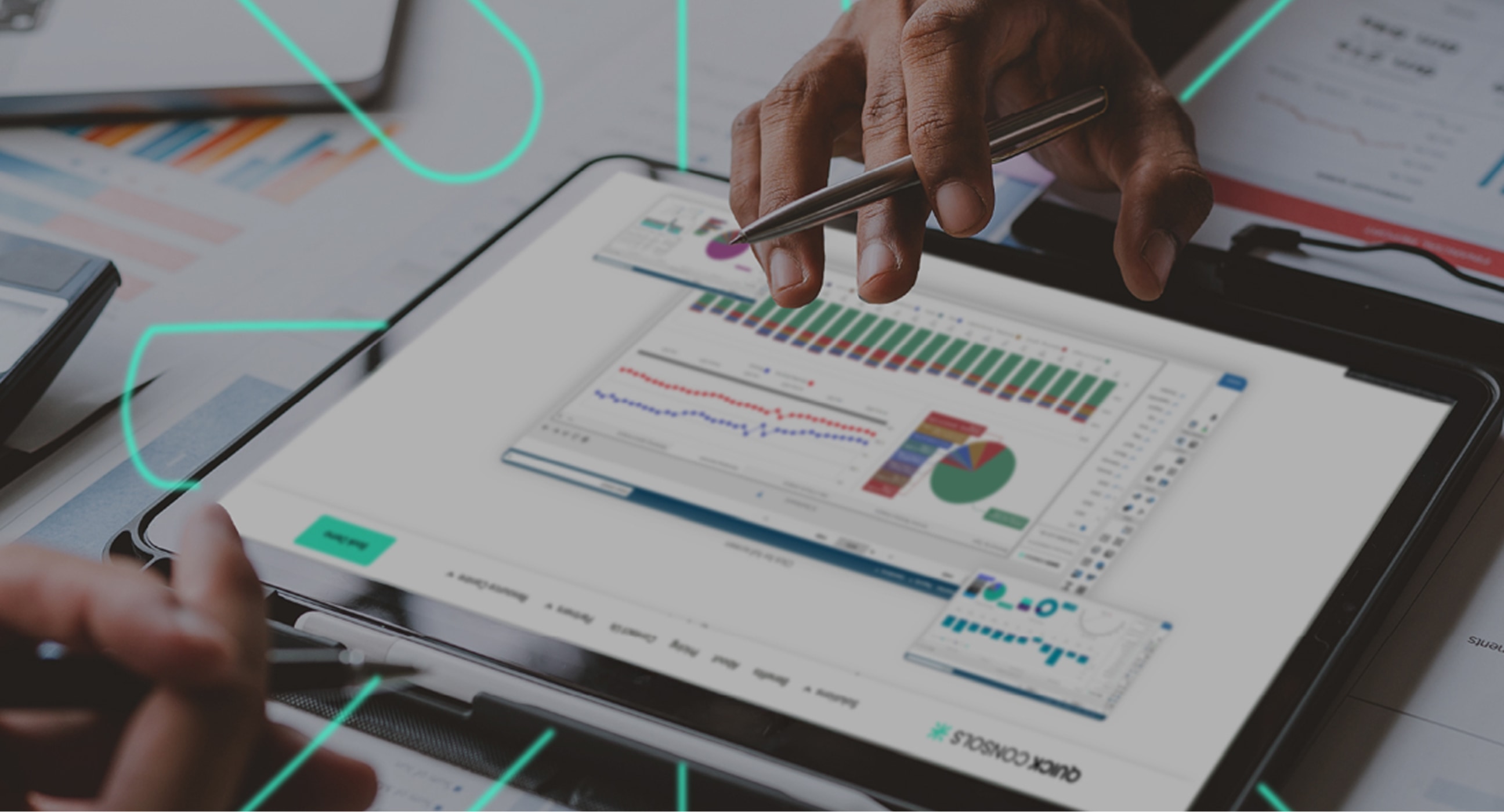
Quick Consols is a cloud-based financial consolidation platform designed to solve the challenges of complex group reporting across multiple entities and currencies. Built for finance teams managing intricate ownership structures, Quick Consols automates every stage of the consolidation process - whether for monthly management accounts or year-end financial statements.
Our software supports IFRS and GAAP compliant reporting, automated FCTR and NCI calculations, and seamless API integration with systems like Xero, Sage, and QuickBooks. Users can slice and dice their group with sub-consolidations, segmental reporting by region or cost centre, and full drilldowns to trial balance level - all from a single source of truth.
Quick Consols helps finance teams spend less time preparing reports and more time analysing results - saving up to four days per month while improving accuracy, control, and confidence in financial reporting.
2. Oracle Cloud
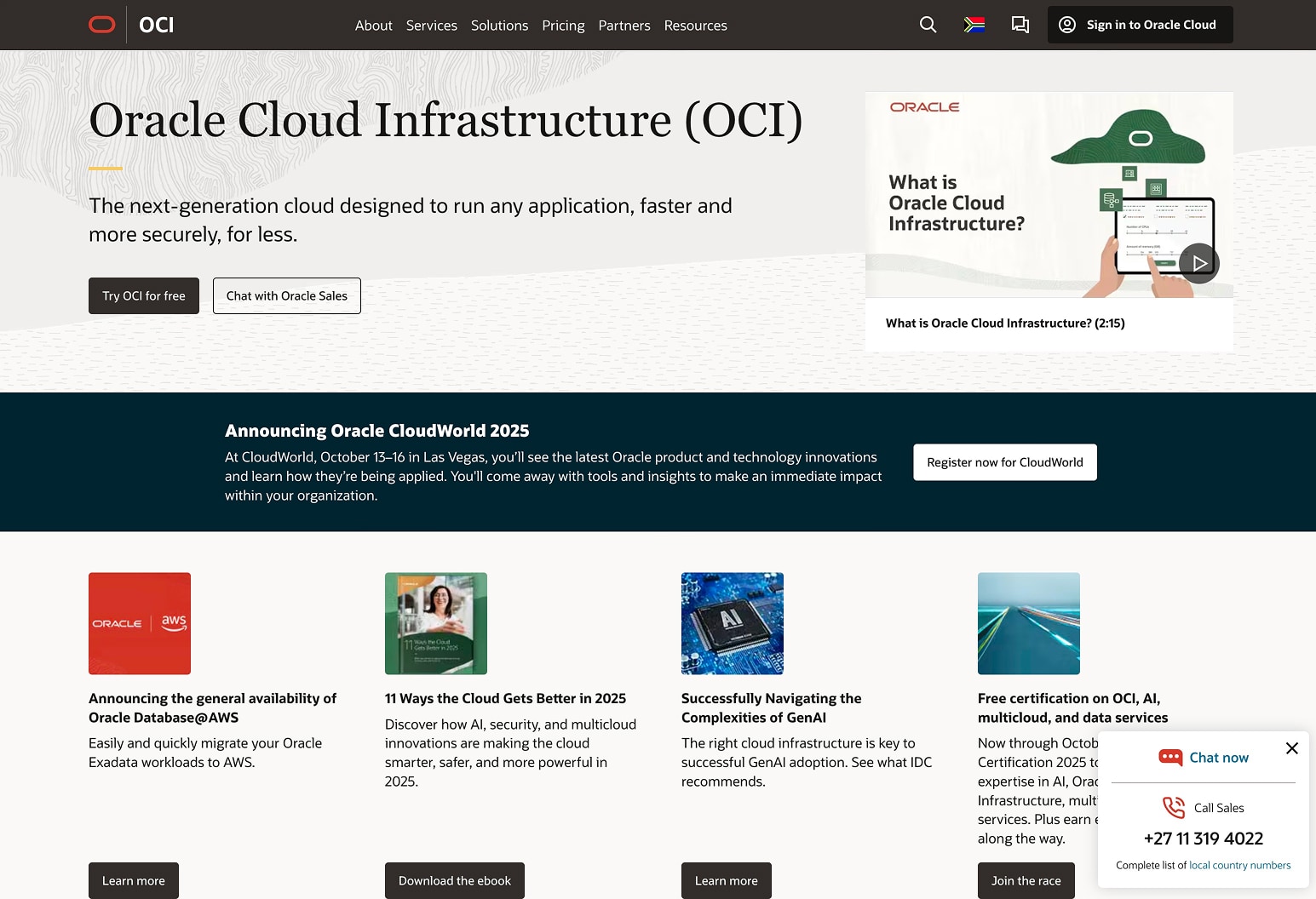
Oracle Fusion Cloud EPM offers financial close capabilities designed to automate time-consuming tasks through AI-powered tools and intelligent process automation. The platform includes features like narrative-driven reporting, audit compliance controls, and prebuilt best practices for standard financial calculations. It aims to streamline consolidations and improve visibility across finance operations for larger enterprise environments.
3. Joiin
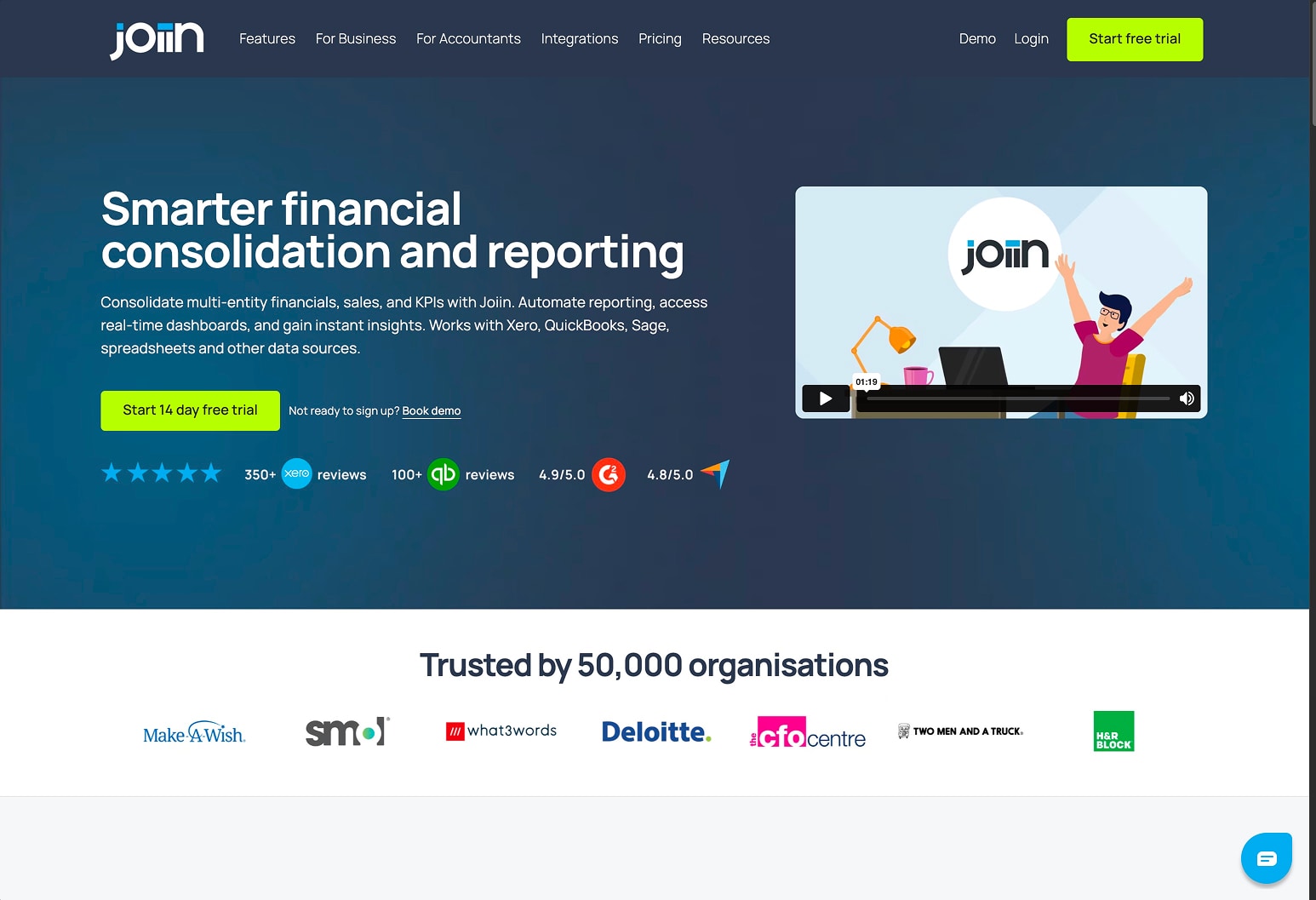
Joiin is a cloud-based consolidation platform that brings together financial, sales, and KPI data across multiple entities. It offers real-time dashboards, customisable reports with multi-currency support, intercompany eliminations, and branded reporting packs.
4. Workday
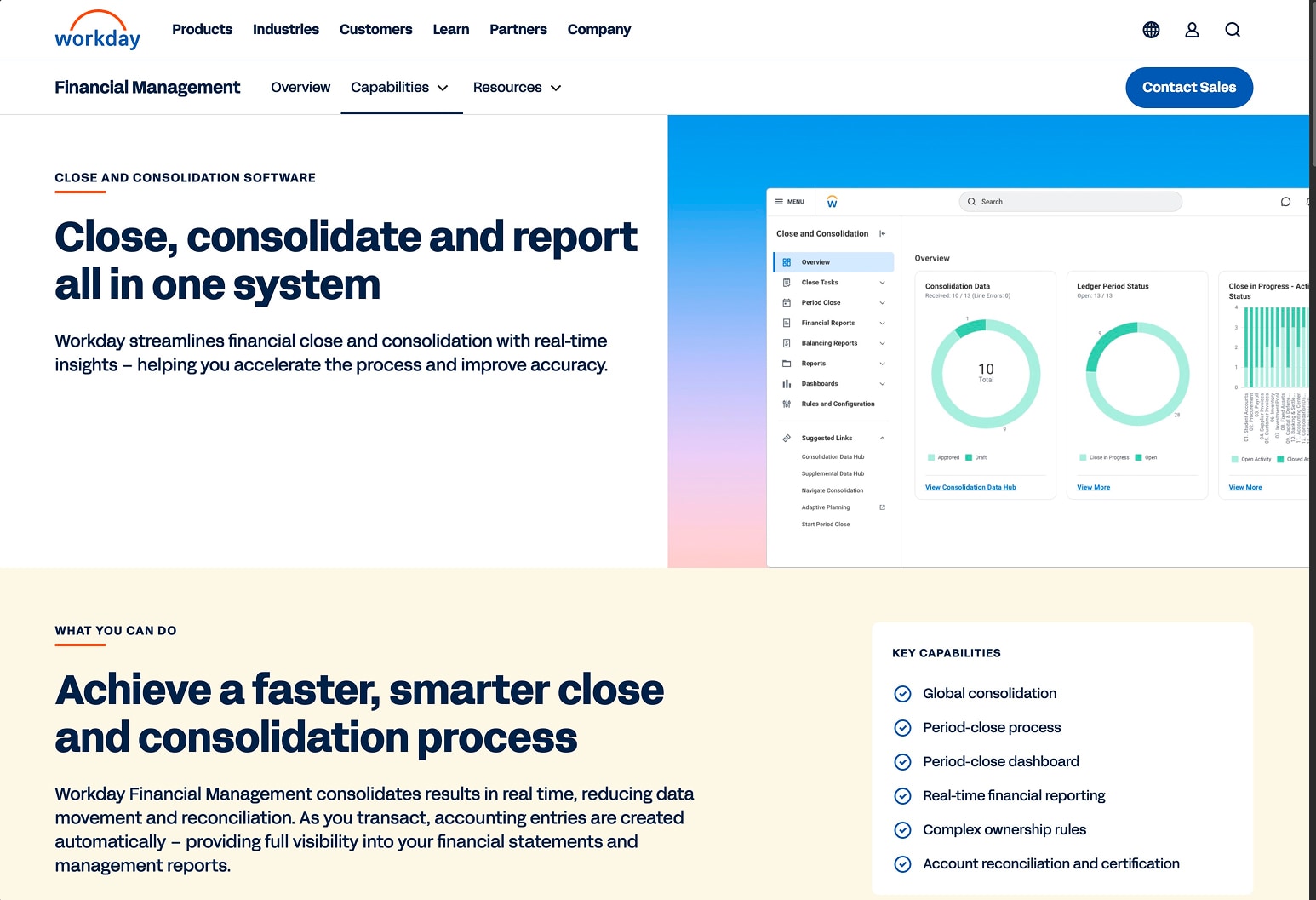
Workday offers real-time financial consolidation and close capabilities, allowing businesses to consolidate results across multiple entities and financial systems. Its platform automates reconciliation, consolidation, and reporting within a single environment, supporting global consolidation, complex ownership structures, and real-time financial reporting.
5. Lucanet
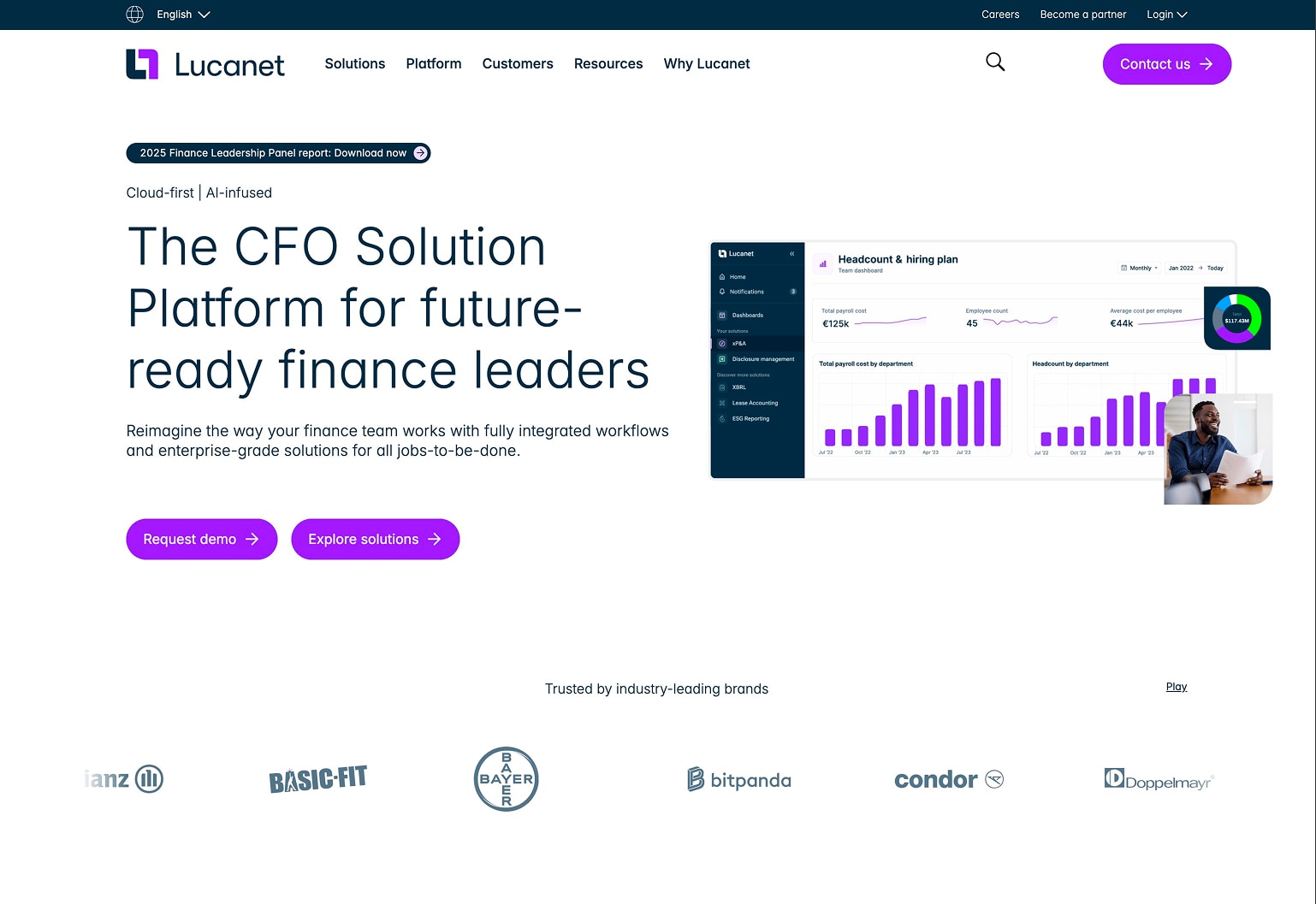
Lucanet offers an automated financial consolidation solution designed to simplify and accelerate the close process. It supports consolidation across various group structures and accounting standards, providing a guided path to audit-ready financials. The platform focuses on improving visibility, accuracy, and control while eliminating the need for manual processes.
6. Finnivo
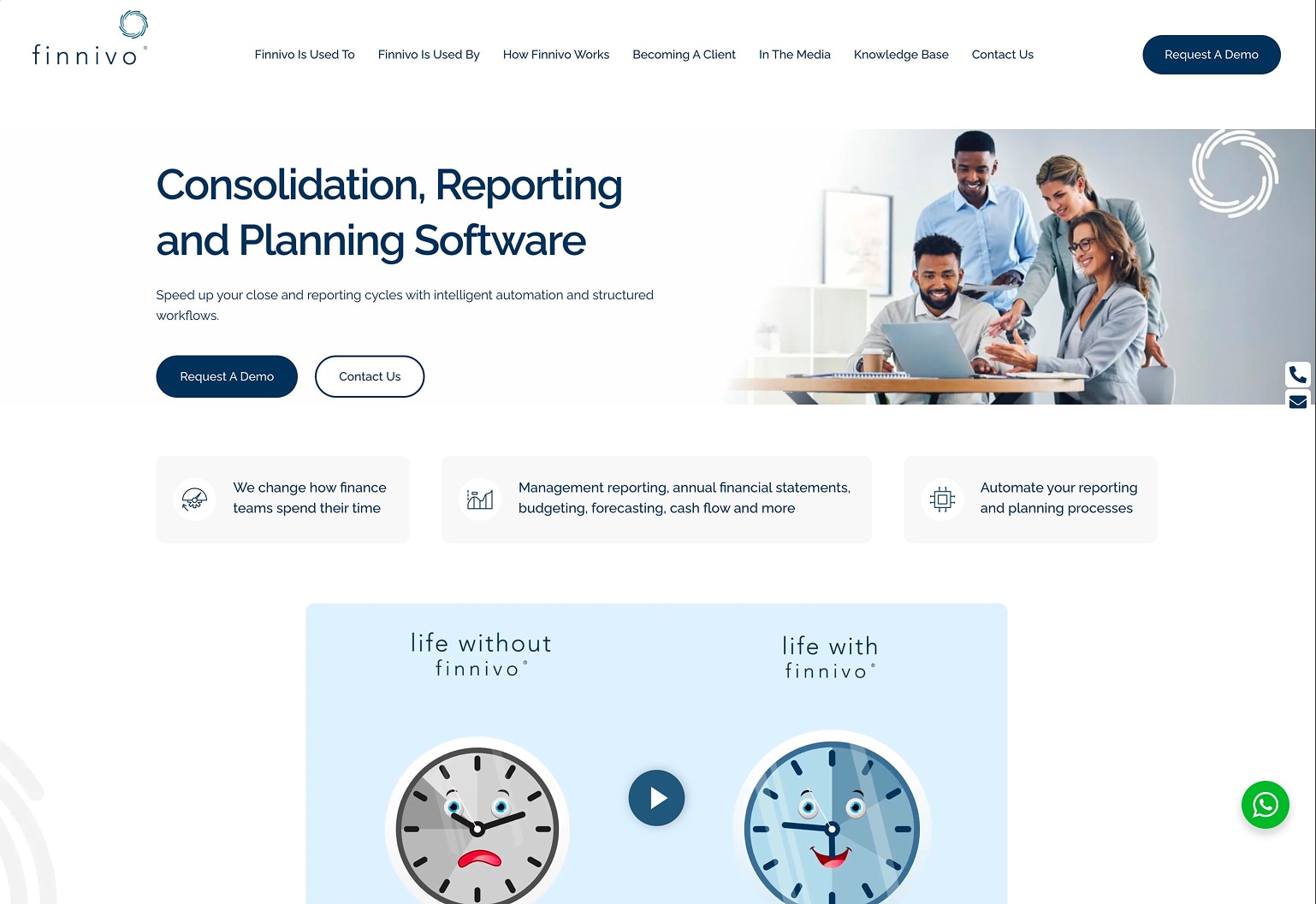
Finnivo is a financial reporting and planning platform designed to support group finance teams across industries. It automates data collection, enables in-depth analysis through drill-down capabilities, and helps generate final reports and presentations.
7. Datarails
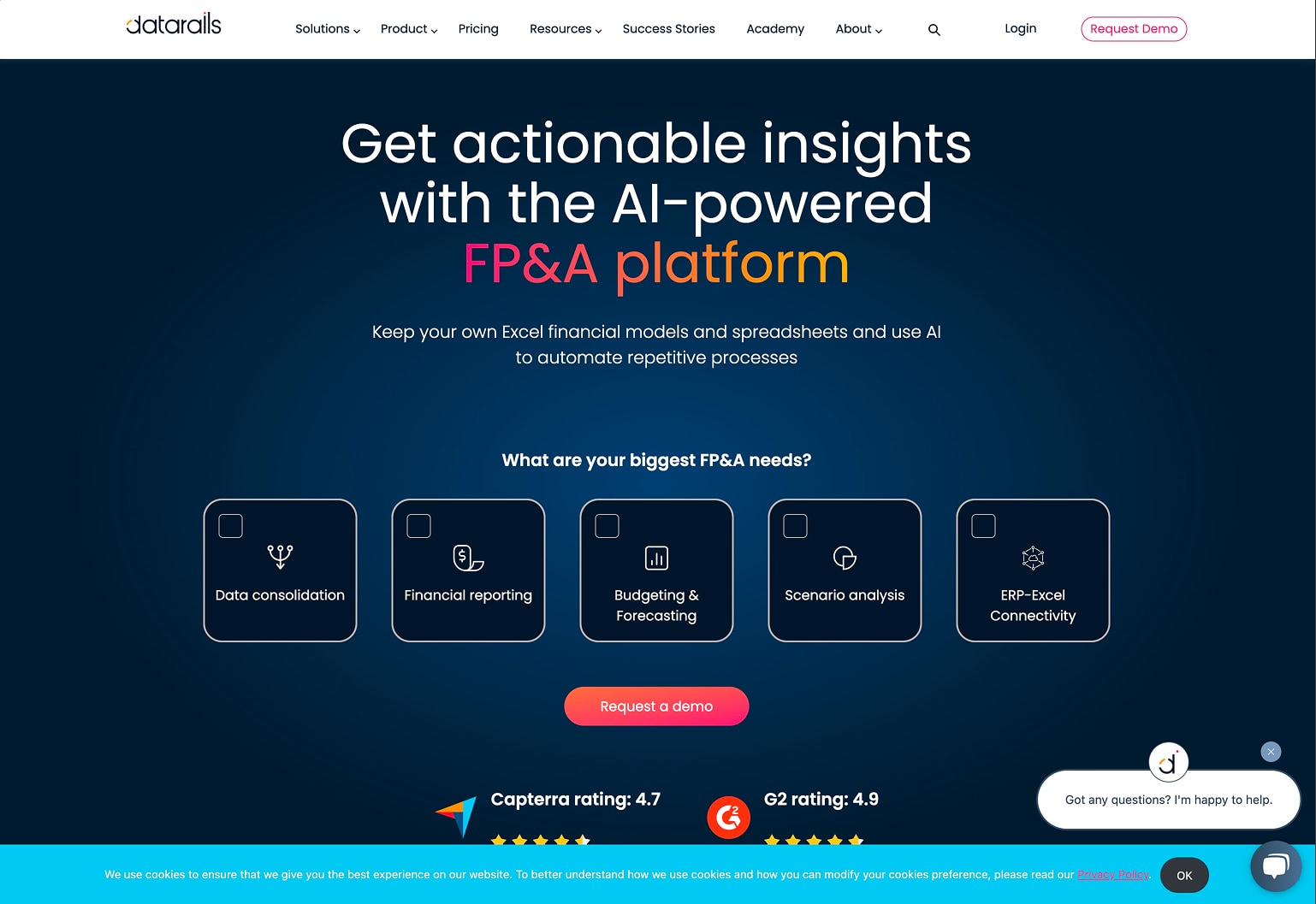
Datarails is a financial planning and analysis (FP&A) platform that builds on Excel’s familiarity while adding powerful consolidation and reporting capabilities. It enables finance teams to streamline processes, improve data accuracy, and manage financial performance more efficiently. The platform is designed for professionals who want automation without giving up the flexibility of spreadsheets.
8. OneStream
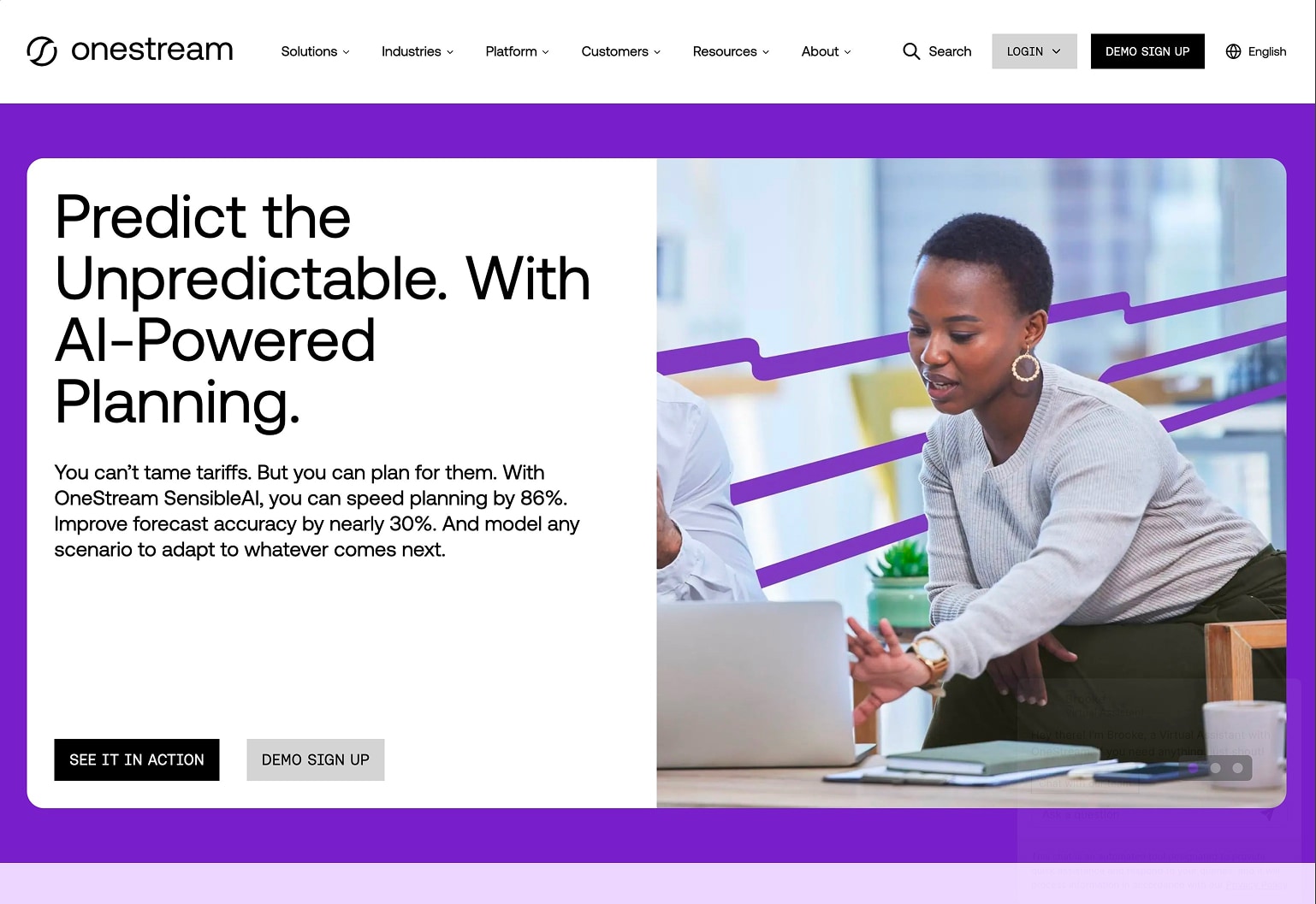
OneStream is a unified financial close and consolidation platform designed to replace spreadsheets and legacy systems. It automates key processes such as data integration, account reconciliation, and financial reporting, all within a single solution. With AI-powered capabilities, it helps finance teams streamline workflows and improve accuracy across the close cycle.
9. Syft
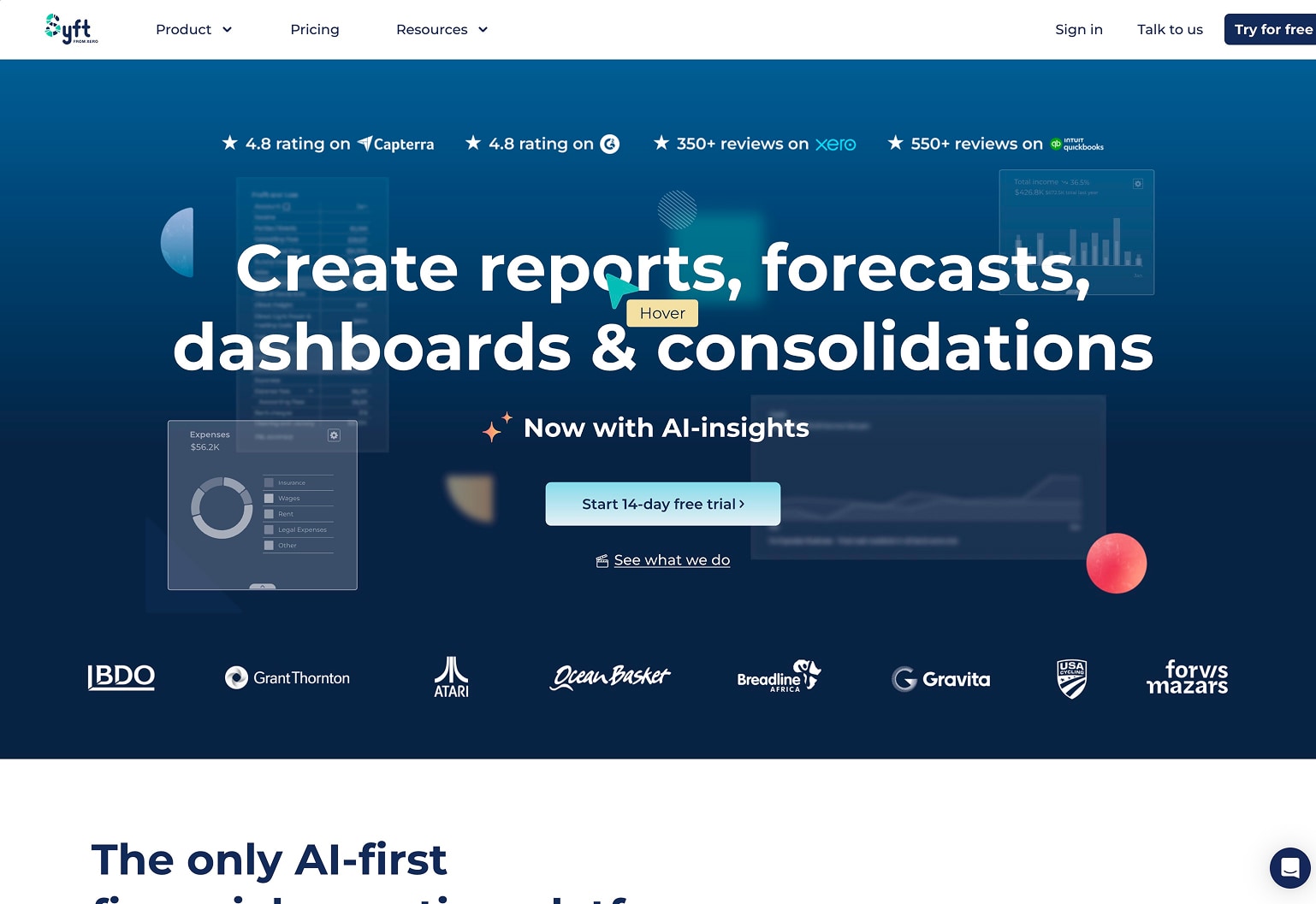
Syft is a financial reporting and consolidation tool that helps businesses manage multi-entity and multi-currency consolidations with ease. It enables users to combine data from various accounting platforms, create account- and transaction-level eliminations, and gain clear visibility across group structures. Syft also provides connected data views down to the underlying entity level for deeper insight and accuracy.
10. Centage
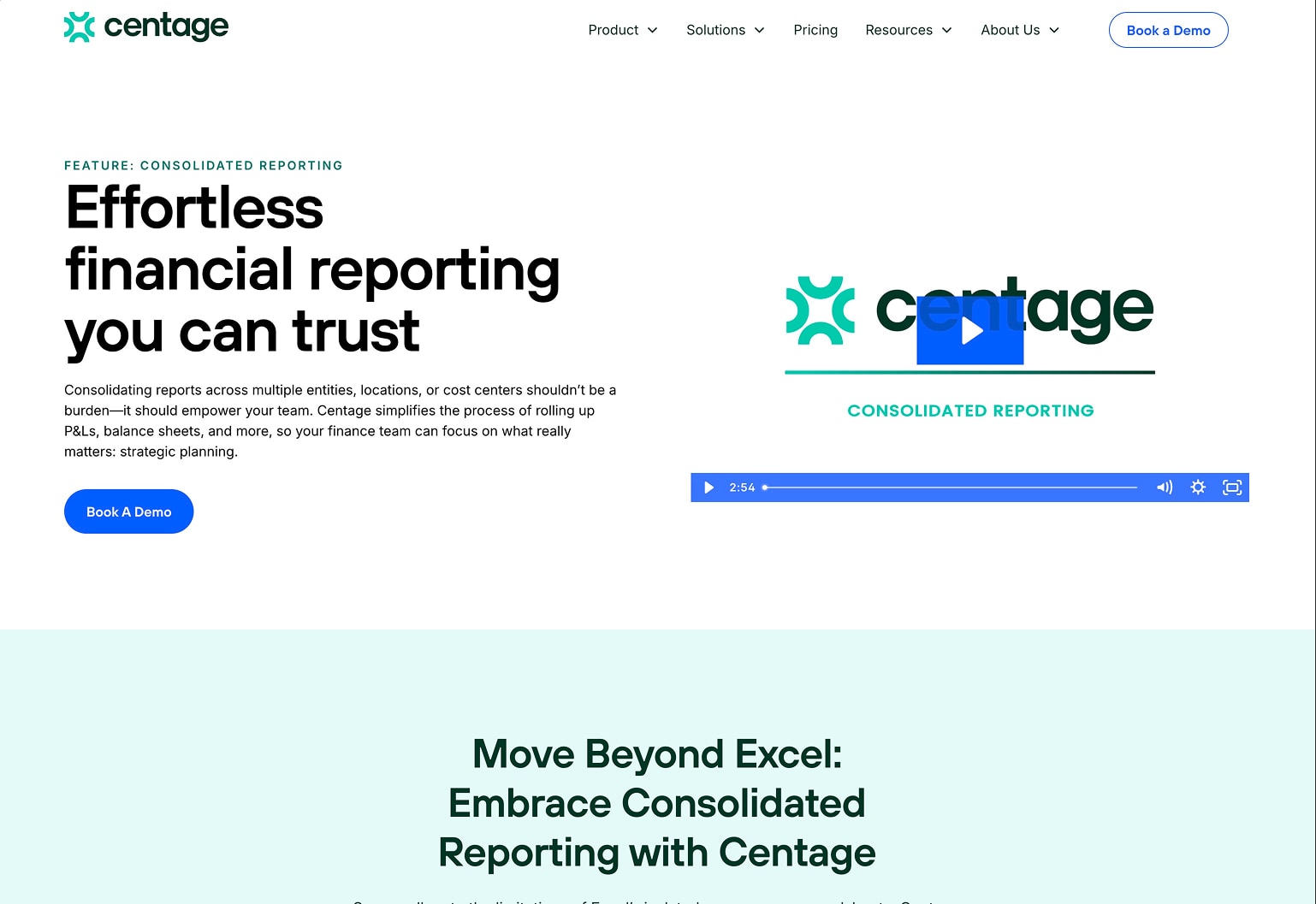
Centage provides financial reporting and consolidation tools that simplify the roll-up of P&Ls, balance sheets, and other key reports across multiple entities, locations, or cost centres. The platform is designed to reduce the burden of manual reporting, allowing finance teams to focus more on strategic planning. Its goal is to make trusted, accurate reporting both effortless and efficient.
Simplify Your Consolidation Process in 2025
As group structures become more complex and reporting demands increase, relying on spreadsheets and outdated systems is no longer sustainable. Cloud-based financial consolidation software gives your finance team the power to work smarter, reduce errors, and focus on strategic growth - without sacrificing accuracy or control. Whether you're consolidating across entities or currencies, the right tool can transform your monthly and annual reporting process.
If you're ready to move away from manual consolidation and explore a faster, more reliable solution, take a look at Quick Consols or book a demo to chat through your unique business needs.
We're here to help you streamline your reporting and regain valuable time every month
Get in touch!
If you have any questions about our Consolidation Software, send us a message below and we'll get back to you ASAP.









